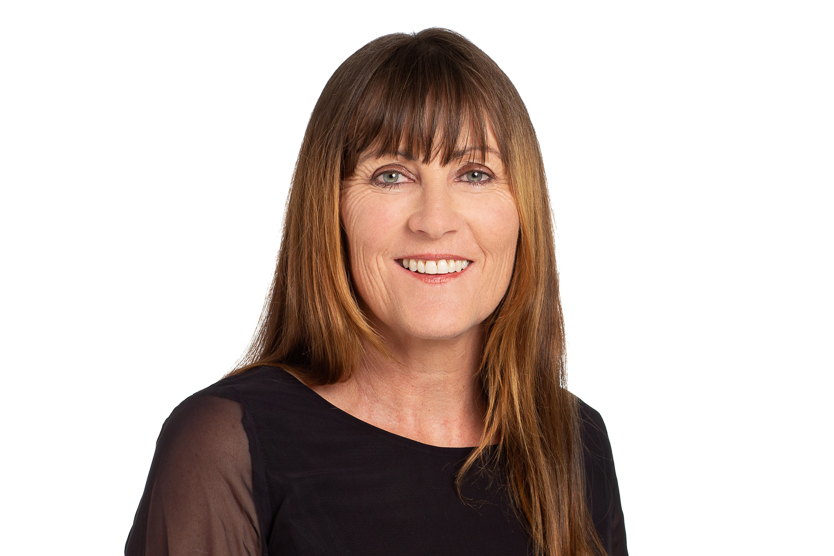Funding our provincial lifeline
By Deputy Mayor Ann Court.
You may have seen newspaper reports recently about the state of Northland roads. Drivers are sick of cracked windscreens, bent wheel rims and expensive repairs to their suspension. They want to know why Northland roads are so bad.

You may have seen newspaper reports recently about the state of Northland roads. Drivers are sick of cracked windscreens, bent wheel rims and expensive repairs to their suspension. They want to know why Northland roads are so bad. They’re right to ask. Waka Kotahi NZ Transport Agency’s own road condition measures, such as rutting, skid resistance, seal condition and so on, show that Northland’s State Highways are in a worse condition than elsewhere in the country.
Like many, I was very disappointed to learn this month that several significant national road projects including four lanes from Whangārei to Port Marsden have been canned. The funding focus is now firmly on rail, bus and cycle projects. The Government has blamed budget blowouts and the need to reduce the transport sector’s carbon emissions for the new direction. Unfortunately, these decisions were made without consultation and, as far as I can tell, without a robust business case.
I was just as disappointed to learn that Waka Kotahi’s funding for district roads will again fall well short of what we need to maintain levels of service for Far North residents. Far North District Council requested over $105 million for local road maintenance and $5.6 million for road safety promotion from the National Land Transport Programme for 2021-24. Waka Kotahi has allocated $88.4 million for maintenance and $5.3 million for road safety. Those are still big numbers and Waka Kotahi points out it is more than our district received during the 2018-21 funding period. Not acknowledged is that the funding for 2018-21 was already well short of what we required to provide safe and fit-for-purpose district roads. We will again be playing catch-up on maintenance and important road projects will be deferred. Government agencies acknowledge this will have negative impacts. Inevitably, that includes more road injuries and deaths.
Our district is growing, and the Government is helping to fund that growth. New water storage projects will soon open our magnificent soils to more horticulture. The new business park at Kaikohe will soon be sending products to market. Private investors are pouring money into new kiwifruit orchards around Kerikeri and avocado orchards north of Kaitāia. Some of this produce will be loaded onto trains at Whangārei and logs may also be taken by train from Ōtiria near Moerewa. But trucks will still have to take that produce from Kaitāia, Kaikohe and forestry back-blocks to the railhead. Far North residents will still have to drive private vehicles from the farm to town, from town to town, and from town to city.
Like it or not, provincial roads are literally a lifeline for many New Zealanders. It wasn’t that long ago that floods cut our road access to Whangārei Hospital for days and Far North supermarkets ran out of basic supplies. Transport needs in the provinces are different to urban centres. Catching a bus, train or Uber to work simply isn’t possible. We need real transport options that work for our conditions. That requires greater thought and planning from our leaders. Let’s hope they get on board.
Tags: News story

